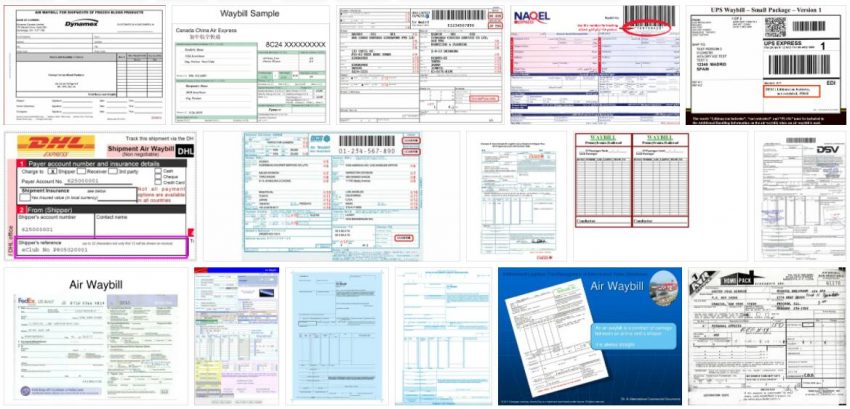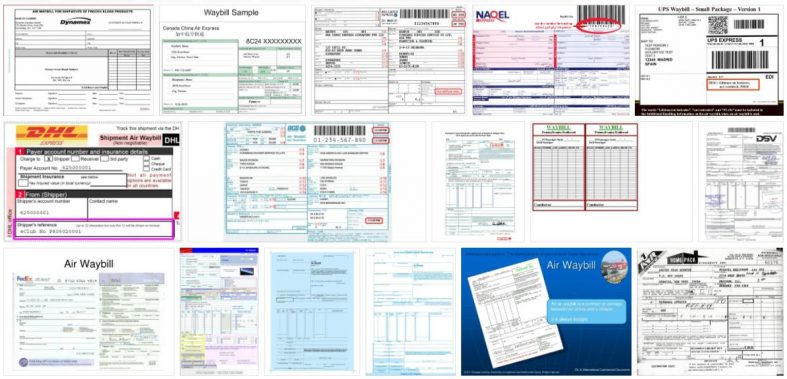A waybill is an accompanying document that plays an important role in connection with the transport of goods and the associated freight contracts. The regulations for the consignment note can be found in §§ 407 ff. HGB.
The waybill and the important regulations
According to foodanddrinkjournal, carrying a waybill was still required by law in German transport until 1998. But with the Transport Law Reform Act this obligation no longer existed. Carrying a waybill is no longer compulsory today, but it is an option. The so-called borderos, for groupage goods, delivery notes and loading lists, can instead be used as shipping documents. However, the carrier (transporter) has the right to demand that the sender of the goods issue a bill of lading. The legal basis for this is Section 408 of the German Commercial Code (HGB), which also regulates which information can be included in a consignment note. In particular, this includes:
- Name and address of the sender, the carrier and the consignee
- The takeover and delivery points including the associated dates
- The description of the goods to be transported
- The information on dimensions, weights and packaging as well as special goods properties, such as dangerous goods
- The information on freight, other costs and the method of payment
- The instructions for customs
- The specifications about the type of transport
However, this list is not exhaustive. Because the carrier and the sender can also agree on other contents of the consignment note. If a consignment note is issued, it must always be issued in three copies. The original serves as the accompanying document, one copy remains with the sender and the third is for the carrier. Only all three copies together form the consignment note and all three must be signed by the sender.
The waybill in international freight
For waybills, which are called “Waybill” in English and “Lettre de voiture” in French, very special provisions and agreements apply in international freight transport:
- For rail transport: CIM agreement on international rail transport
- For road transport: CMR agreement on international road freight transport
- For air transport, the corresponding provisions of the Warsaw Convention or those of the IATA – the general conditions of carriage apply.
These provisions and conventions may give rise to other, more extensive or more specific requirements with regard to the design and content of the consignment note. However, according to the aforementioned conventions, the waybills are usually standardized.
The different functions of the waybill
The waybill fulfills a wide variety of functions in freight transport. First of all, it serves as an information carrier with the sender and the carriers about the transported goods, the transport route and the particularities to be observed.
If the consignment note is signed by the sender and the carrier, it also has a function of evidence. Because it serves as proof of the conclusion of the freight contract and also reflects its essential content. If there is a bill of lading, there is a presumption that the cargo was in perfect condition when it was taken over by the carrier, at least what is visible from the outside. If the carrier is unable to check the sender’s details, he may note this on the consignment note as a “reservation”. In addition, the waybill also acts as a receipt for the acceptance of the freight and provides certain information about it. If it comes to payment transactions, then the waybill is also assigned an important role.
In this regard, the consignment note is used both in the context of document collection and as a documentary credit, in order to process the payment transactions associated with the transport independently of the handover of the freight. Here the consignment note serves both as evidence and as security.
The CMR consignment note
The CMR is an international consignment note for road freight transport, which essentially corresponds to the CIM (international railway consignment note) in terms of its effect and also its legal properties. The CMR is also regulated by the 1956 Agreement on Contracts for the International Carriage of Goods by Road and is considered a document of evidence. The CMR is issued by the sender on the basis of a freight contract and confirms the order to the carrier to deliver the goods to the recipient named in the consignment note.
In contrast to the normal national consignment note, the CMR is issued in four copies and is also signed by the sender and carrier. The first copy, which is white, is used for tariff control, the second is pink and is intended for the sender. In particular, this is also the proof of legitimation for exercising subsequent disposition rights with regard to the freight. The blue, third copy is intended for the recipient and the fourth, green one accompanies the goods, just like the third and is intended for the recipient. The sender can also waive his disposition rights by making a note on the CMR.

